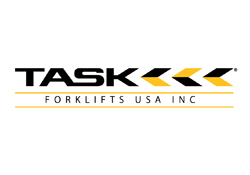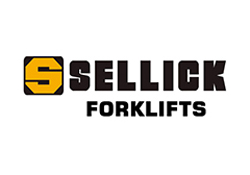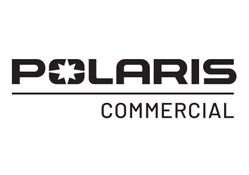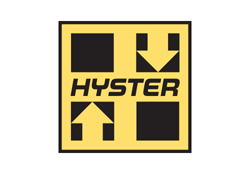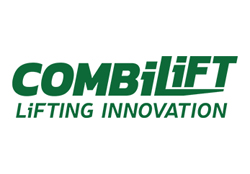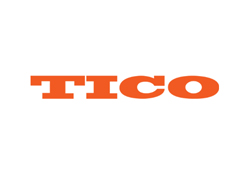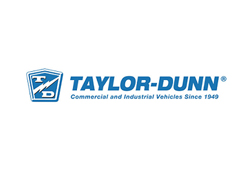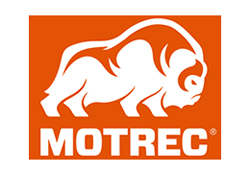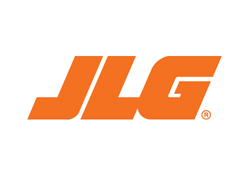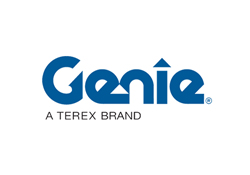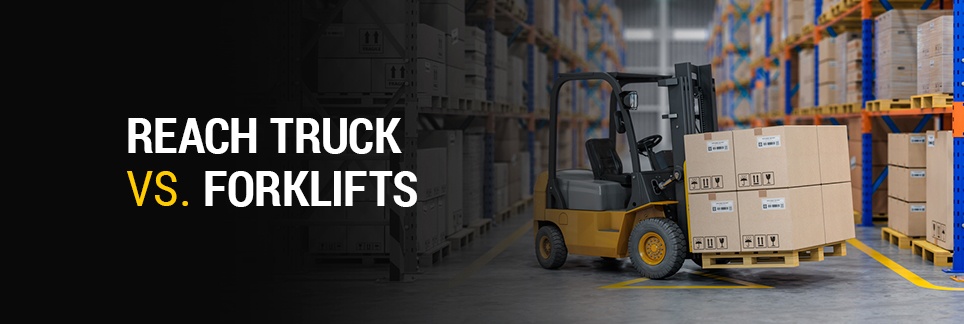
Forklifts and reach trucks are everywhere in manufacturing and warehousing environments. When you need new equipment, you may want to clarify the difference between a forklift and a reach truck.
While their usage overlaps, each vehicle has some distinct features that make it more suitable for specific tasks. For example, either vehicle could lift a 2,000-pound pallet 10 feet off the ground. To move a 7,000-pound pallet, you’d need a forklift. To raise the 2,000-pound pallet 30 feet off the ground, you’d need a reach truck. Let’s compare the reach truck and the forklift to help you arrive at the best equipment choice for your operations.
Overview of a Traditional Forklift
The forklift is one of the most well-known and versatile pieces of material handling equipment. Warehousing and manufacturing businesses use them for moving, stacking and lifting pallets. As one of the most-used pieces of equipment, the forklift has many specialized types for various functions. The type most people think of first, the traditional forklift, is also called a counterbalanced forklift.
With front-facing forks and no protruding arms or legs, the forklift truck can maneuver itself close to the rack or pallet stack. Traditional forklifts need a counterbalance to lift heavy palletized loads. The back of the vehicle houses the battery alongside a cast-iron weight to balance out the heavy load and keep the truck steady.
Forklifts are multipurpose. They can be used on loading docks, in warehouse aisles and in both indoor and outdoor settings. Generally, they can operate effectively as long as they’re in a corridor that’s at least 10 feet to 12 feet wide. They can handle block-stacked pallets up to 4 feet high.
While the capacity varies by model and application, forklifts can handle loads between 3,000 and 6,000 pounds, with some models reaching 15,500-pound capacity or even greater. Because they can lift much more weight than smaller material handling vehicles, they’re considered heavy duty and are preferred for their multipurpose utility.
Some models let the driver sit while others allow for standing operators. The stand-up models are excellent for applications where the driver must enter and exit the vehicle as part of their everyday duties. Sit-down forklifts break down into three- and four-wheel models. Forklifts may be powered by gas, diesel or electricity.
At Gregory Poole Lift Systems, we offer many options for forklifts to meet all your facility’s applications. Our counterbalanced forklifts from Hyster and Yale include the following.
High Capacity Forklifts
Forklifts are already known for their heavy-duty weight capacities. When you need even more capacity for your toughest jobs, consider a high capacity forklift from Hyster or Yale. These forklifts can carry loads up to 100,000 pounds and feature heavy-duty engines powered by either liquid petroleum gas (LPG) or diesel.
Internal Combustion Forklifts
Internal combustion engines are powered by combustible fuels like diesel, LPG and gasoline. They’re built for heavy-duty use in many applications, from warehouses to supply yards. Choose your preferred fuel source and find a forklift from industry-leading manufacturers like Hyster and Yale. They also come in compact models for better maneuverability. You can choose from pneumatic tires for uneven terrains or cushion tires for tighter turns over smooth surfaces.
Electric Forklifts
Choose from three- or four-wheel electric forklifts. Electric forklifts are excellent for indoor applications because they have zero emissions. They also need less maintenance since they require fewer fluids like oil and coolant.
Overview of a Reach Truck
A reach truck is a smaller vehicle than the forklift, allowing it to remain much more nimble. It has a slimmer chassis and holds loads closer to its wheelbase, letting it perform well in warehouses with narrow aisles and tighter spaces. Instead of a counterbalance, a reach truck has two stabilizing outer legs that distribute the load weight.
Although some models allow a forward stance, the operator usually sits sideways, allowing maximum comfort and maneuverability. Reach trucks include several features to enhance visibility for operators. The cab might tilt to help the driver get a better view or feature an open overhead guard. Many reach trucks come with a camera, allowing the operator to see what’s happening above their head on a video screen.
Reach trucks can usually handle a smaller capacity than a traditional counterbalance forklift. Besides working in narrow spaces, the other advantage of a reach truck is its maximum height. With maximum lift heights on some models extending above 40 feet, reach trucks allow your business to scale its storage vertically. Also, since all lift trucks have a 36-volt electric battery, they are quiet and release no emissions, making them even more well-suited to indoor work environments.
At Gregory Poole Lift Systems, we offer many reach trucks, each equipped with features to make your warehouse more productive. Choose from options such as the following.
Hyster® N35-45ZR2/ZDR2
The Hyster® N30 series has a range of vehicles designed to different specifications, with operator positioning and control panel flexibility. They can carry loads between 3,000 and 4,500 pounds and reach anywhere from 191 inches to 422 inches. These trucks can travel 7.4 miles per hour and, depending on the weight, lift loads at 60 to 130 feet per minute.
Yale® NR/NDR-DC/EC
The Yale® NR/NDR-DC/EC series is designed for maximum productivity. These machines have load capacities of 3,000 to 4,500 pounds and can reach heights up to 422 inches. These models give you as much as a 7% productivity boost per truck. Since they use up to 20% less energy, you also get more use from a single charge.
Hyster® R1.4-2.5
Our most powerful Hyster® reach truck can hold up to 5,500 pounds. It comes in either standard or heavy-duty masts, each with fast lifting and lowering speeds.
Yale® MR14-25
If you’re looking for reach trucks that allow for greater speeds and productivity, consider the Yale® MR14-25. It can travel 8.7 miles per hour and lift the mast up to 143 feet per minute. Choose from two steering options designed to let your operators move quickly through tight spaces.
Hyster® N35-45ZR3/N30-35ZDR3
These trucks simultaneously enhance productivity, energy efficiency and visibility. The Hyster Vista™ Masts offer 33% greater visibility and the trucks can handle loads of 3,000 to 4,500 pounds.
Key Similarities and Differences
What is the difference between a reach truck and a counterbalance forklift? See how each compares to the other in various features and specifications:
- Visibility: Forklifts feature forward-facing cabs, meaning the driver always sees what’s in front of them. However, larger loads may limit visibility. Reach trucks feature many stance options, with the most common being a sideways-facing cab. Here, operators gain visibility through innovative mast designs, tilting cabs and video feeds.
- Lift capacity: Reach trucks have standard lift capacities between 3,000 and 5,500 pounds, depending on the model. Most forklifts have a higher capacity, lifting anywhere from 3,000 to 19,000 pounds. Our high-capacity forklifts can carry even more, ranging from 28,000 pounds to 100,000 pounds.
- Turn radius: Depending on the design, lift trucks have a 35% smaller turn radius than forklifts. This allows them to work in narrower aisles. Some reach trucks can operate in 8-foot wide aisles, while forklifts may need 12 feet of clearance.
- Reach height: A forklift can reach up to 19 feet high. Meanwhile, some reach trucks can extend up to 41 feet.
- Forks: Although only one uses the word “fork” in its name, both forklifts and reach trucks use forked arms to lift and move pallets. Technically, a reach truck is a specialized type of forklift. It builds on the fork lifting design, extending its reach to higher heights with stabilizing legs to support their loads.
- Power and fuel source: While all reach trucks operate on a 36-volt electric battery, you have flexibility in power sources with forklifts. You can choose gasoline, diesel, LPG or an electric battery as your fuel source.
When to Use Each Type of Equipment
As part of your reach truck and forklift comparison, consider your facility’s use cases. Since each piece of equipment has a unique design, they’re each better suited to different environments and applications.
When It’s Best to Use a Forklift
Choose a forklift for:
- Outdoor work: Forklifts can operate in indoor and outdoor environments. When outdoor use is necessary, such as in a loading dock, construction site or supply yard, an internal combustion forklift is the best option. It can handle uneven terrain and safely operate in the rain. Electric models can also work outdoors as long as it’s not raining.
- General material handling: Loading docks, construction sites, warehouses and supply yards all use forklifts for lifting, stacking and moving products. A forklift is an excellent all-around equipment option because it can handle heavier loads.
- Open spaces: Since forklifts are bigger than reach trucks, they’re usually the better option for bigger facilities with a storage height of 19 feet.
When It’s Best to Use a Reach Truck
A reach truck may be the better option versus a forklift when working:
- Indoors: As electric vehicles, lift trucks perform best indoors. They require a smooth surface and dry environment. Since they are battery operated, they produce no emissions that may harm indoor air quality, and they operate more quietly than internal combustion forklifts.
- In narrow aisles: As smaller vehicles, reach trucks can work in limited spaces. They allow a warehouse to maximize space by placing storage racks closer together.
- With higher shelves: Reach trucks can lift far beyond their stabilizing legs, reaching lift heights of up to 502 inches. They allow a warehouse to maximize its vertical storage.
- With lighter loads: Since reach trucks cannot lift as much weight as a higher capacity forklift, it’s best to stick to lighter loads. Depending on the model, the load should not exceed 3,000 to 5,500 pounds.
Find the Right Equipment at Gregory Poole
Whether your operations need forklifts, reach trucks, both or something more specialized, Gregory Poole has the equipment you need. Our excellent selection of Hyster® and Yale® equipment can increase your warehouse’s productivity. We strive to be a partner for your warehouse, and so we also offer comprehensive maintenance services, parts replacement, equipment rentals and fleet management consulting.
Browse our forklifts and reach trucks today and find the material handling equipment you need to increase productivity in your facility. Are you still unsure if you should buy a reach truck or a forklift? Talk to a Gregory Poole equipment expert. We can discuss your specific applications and suggest specific Hyster® and Yale® reach trucks and forklifts that will get the job done.


